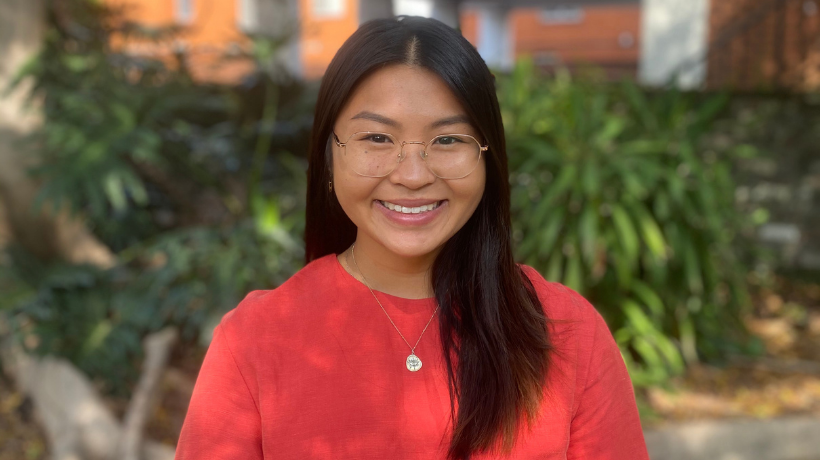
“When a child is cured of cancer it’s absolutely fantastic,” says Dr Lauren Ha, an exercise physiologist and University of NSW post-doctoral research fellow. “But many people don’t realise that a childhood cancer survivor goes through a lot of health problems beyond cancer.” To help change this Dr Ha developed iBounce, a distance-delivered digital education program that encourages children to get physical following their cancer treatment.
The Kids’ Cancer Project helped fund iBounce that aims to improve a child survivors’ health knowledge and encourage them to undertake regular physical activity. The results from the pilot study, published in the Journal of Medical Internet Research (JMIR Cancer) show the program’s promise to engage childhood cancer survivors and their families in healthy lifestyle behaviours.
“iBounce is an accessible tool made for childhood cancer survivors to learn about the importance of maintaining good physical health and to participate in physical activity on their schedule,” Dr Ha says. “It has the potential to educate survivors and their families in positive health behaviours at home, no matter where they reside.”
Dr Ha created the home-based iBounce by modifying a version of iEngage, an evidence-based health education program for school-aged children. Through 10 self-paced modules topics such as muscular strength, aerobic fitness and flexibility are explored through bite-sized demonstration videos, all featuring a child of a similar age doing exercises to encourage survivors to become well informed and active.
Thirty participants from Sydney Children’s Hospital undertook the iBounce program in the pilot study, conducted at the height of the COVID-19 pandemic lockdown. Over 12 weeks, the survivors and their families used the program tracking their physical activity via an activity tracker device. At the end, participants showed significant improvements in their aerobic fitness.
“We found that their fitness levels improved after completing the 12-week program, showing how physical activity can be done within the home setting with the right support,” Dr Ha says. “But the improvements in fitness did wane over time, meaning additional booster sessions are likely needed to maintain benefits long-term.”
While the opt-in rate was slightly lower than expected the results still showed there’s potential for distance-delivered programs to fill the physical health education gap among childhood cancer survivors. Results highlighted the crucial importance of parent support and family involvement and program participation in the young survivors’ engagement in health behaviours.
Dr Ha is confident that at scale, the program could potentially reduce the burden on the healthcare system. “If survivors improve their fitness levels, that can go a long way to help them with their recovery, reduce their risk of other chronic illnesses (occurring later in life) and relieve pressure on the health system.”
The next stage of the research will continue to refine the iBounce program with health professionals, childhood cancer survivors and their families, including non-English-speaking participants and culturally and linguistically diverse populations. Dr Ha will also lead a national iBounce trial and develop an implementation strategy to support the adoption of iBounce in clinical practice.
